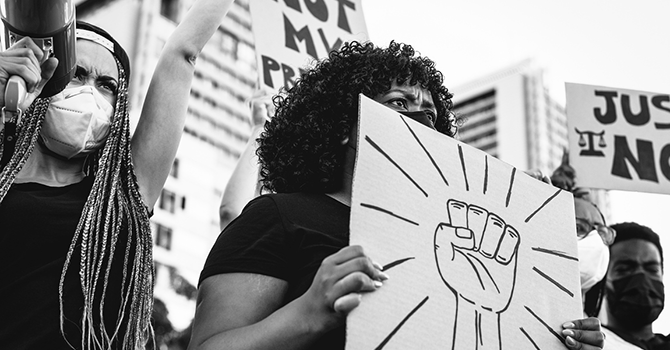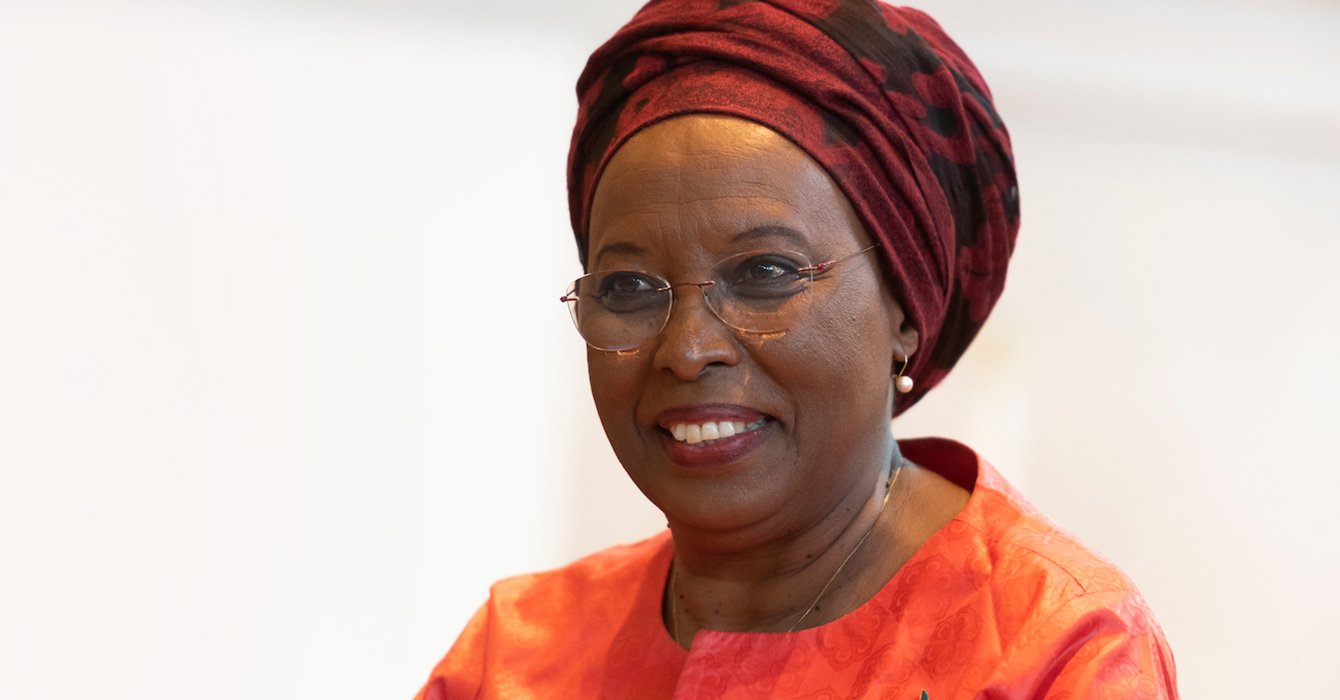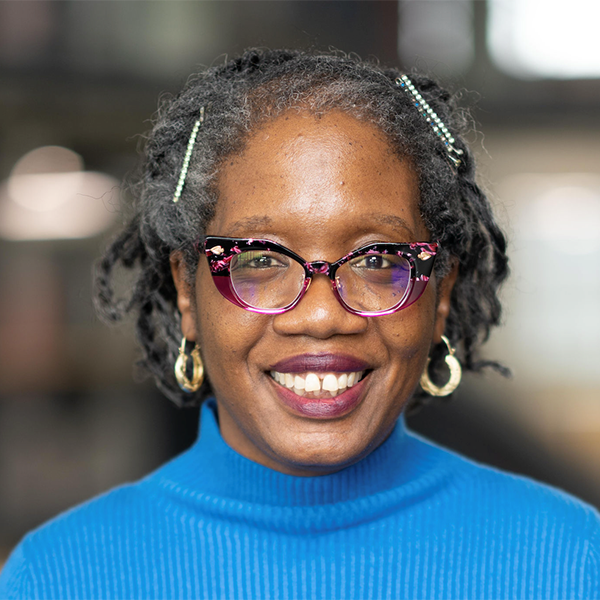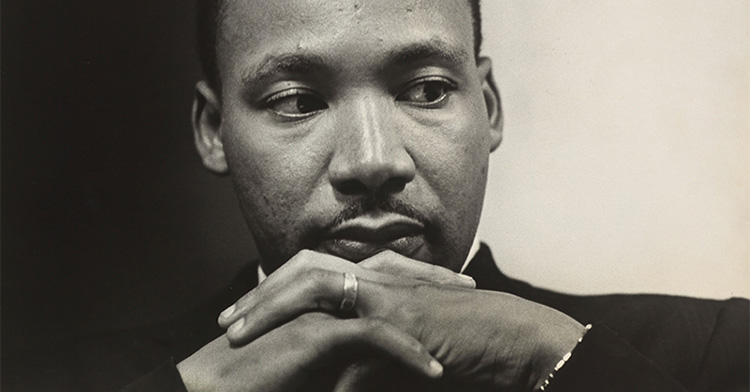What has changed in the year since the murder of George Perry Floyd Jr.?
Everything. Nothing.
It is hard not to be a pessimist about race and racism in America in the aftermath of Floyd’s murder before our very eyes. The trial compounded the horror, revealing so many difficult facts, including that the killer’s knee was on the restrained man’s neck for 9 1/2 minutes, not 8 minutes, 46 seconds as we had come to believe.
Despite Derek Chauvin’s murder conviction and the charges brought by the United States Justice Department against all four police officers outside the Cup Foods corner store that day, not much has changed. Police-involved shootings and murders have continued: just outside Minneapolis, in Philadelphia and in other places across the country.
George Floyd’s death was not about “sacrificing [his] life for justice,” as the speaker of the House so problematically put it. It was an indictment of the ways in which Black bodies are treated in America and of our culture’s propensity to meet nonviolent infractions with the harshest of punishments.
Those facts, individually and collectively, are enough to make one despair. Yet we must have hope. Hope is the antidote to the heightened state of depletion and anxiety that is fueled by all we find ourselves grappling with following Floyd’s murder -- but that existed long before.
For some of us, the word “hope” may seem like a luxuriously naive notion, given the scale of things we have had to deal with since May 25, 2020. We were already experiencing an unprecedented pandemic that has taken the lives of 600,000 Americans, disproportionately the lives of Black and brown people.
Our democracy has been challenged by an assault on the Capitol rooted in a lie that fomented violent action against a peaceful election. The insurrection took at least five lives. There has been a blanket of unease, interwoven with the pain of illness, separation and disruption of our daily lives.
Yet hope, as Scripture tells us in Romans 5:5, does not disappoint. Black people in the United States collectively have been among the most hopeful people in the nation. If you disagree, consider this: African Americans have still wanted to engage the American project despite the utter oppression of slavery, the relentless violence of racism and the efforts to erase our humanity.
The very story of African American history has been one of hope: hoping for acceptance, hoping for acknowledgment, hoping for equality. And that hope has undeniably sparked glimmers of change. In the aftermath of Floyd’s murder, almost 60 symbols of the Confederacy have come down. People around the world have marched to protest his death. Some police reforms have been enacted.
As a historian of American and African American religion, I think about the ways in which the historical figures that I teach and write about had to exercise hope in the face of tremendous odds.
One illustration is the story of Robert Warren and Charity Atwater, who in 1897 remarried after 53 years of forced separation. Their love speaks to the longevity of hope in the midst of despair.
Married in enslavement some 60 years earlier, they had five children together before Robert was sold to another master hundreds of miles away. The family was broken up, with no means of communication, and Robert eventually married someone else. Upon his second wife’s death, he was at last able to find Charity. They remarried -- in their 80s.
The contours of Robert and Charity’s story speak both to the cruelty that families experienced as they were torn apart by slavery and to the love that survived in the midst of trials. Robert never forgot Charity, and even though he had to start another life with a second wife, the hope of being reunited with his family endured.
Hope withstands the circumstances that would erode rational expectation. It is why, after the Civil War, thousands of the formerly enslaved placed advertisements in newspapers across the country looking for loved ones snatched away during bondage. In the Last Seen: Finding Family After Slavery project, such ads from the Reconstruction era are being compiled as a memorial to those who looked for their separated families.
Not all were successful, of course. But their persistent hope and the poignant urgency of their efforts speak to a deep human need for connection that transcended the cruelty and violence of those who did not see the people they owned as human.
Hope.
This hope endured beyond Reconstruction to the Jim Crow era, the Klan and repeated attempts to relegate African Americans to inferior positions. From 1920 to 1938, the NAACP would fly a banner from their headquarters on Fifth Avenue in New York that simply said “A Man Was Lynched Yesterday.”
This iconic symbol chronicled every instance of a lynching that was reported. The organization discontinued the practice in 1938 when their landlord threatened to evict them.
The symbol would reappear in 2015 after the police killing of Walter Scott, through the artist Dread Scott, who re-imagined the banner as “A Man Was Lynched by Police Yesterday.”
While this does not necessarily seem hopeful in the ways we’ve been taught to think about hope, it is hope: the hope that the injustice is seen, recognized and acted upon. Beyond a flimsy word, it is engaged and attentive. It is the hope that believes that when the truth is shown, it cannot be turned away from.
It is the reason why the National Memorial for Peace and Justice was built in Montgomery, Alabama, to recognize the lynching of more than 4,400 Black men, women and children in America by white mobs between 1877 and 1950. To serve as a witness that they lived.
The hope for recognition and change is imperative in our current situation of race and racism in this country. In its absence, why would anyone keep trying?
No matter how many videos are filmed -- from the beating of Rodney King to the vigilante killing of Ahmaud Arbery to the fateful minutes of George Floyd’s murder -- facing the facts, naming the oppression and inequity, and recalling them through history is a hope not only for visibility but for justice in the face of injustice.
Perhaps the most poignant way to think about hope, for me, draws from a sermon that the Rev. Dr. Martin Luther King Jr. gave at Dexter Avenue Baptist Church in 1959. Preaching from Romans 15:24, King lifted up the apostle Paul, who talks about hoping to go to Spain via Rome. Paul would never fulfill that hope; instead, he would be imprisoned and martyred in Rome.
King used Paul’s story to talk about unfulfilled hope as “one of the most agonizing problems of human experience.” He went on to discuss how to deal with hope and how not to succumb to the bitterness of unfulfilled hopes and dreams.
Of course, we know that King did not get to see all of his hopes and dreams for change fulfilled, because of his assassination. In the sermon, however, he points to faith in God, and to God’s presence as “God dwells with us” in the midst of every circumstance, even when things go awry.
These small vignettes, indicative of a broader history, point to the orientation that we must bring to our present times.
We must endure in the hope for acceptance as we weather the storms of racism and division in our country.
We must endure in the hope for acknowledgment, for recognition that advocates for change, like the banner proclaiming the violence of lynching.
We must endure in the hope for equality, even as we acknowledge the pain that continues to occur with every police killing or racial incident that threatens to crush our hopes and dreams, particularly as those injustices fall heavy on our youth.
And while, like the apostle Paul and Martin Luther King Jr., we may not see our hopes fulfilled in this lifetime, we must continue with efforts for change. Then and only then can we honor the lives of those who have been lost to racial animus in America, and those who continue to be lost, whether captured on video or not, and ensure a legacy for future generations.










